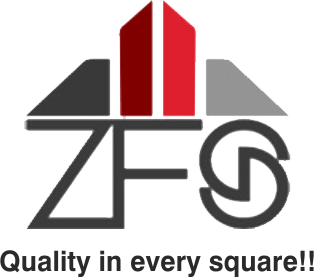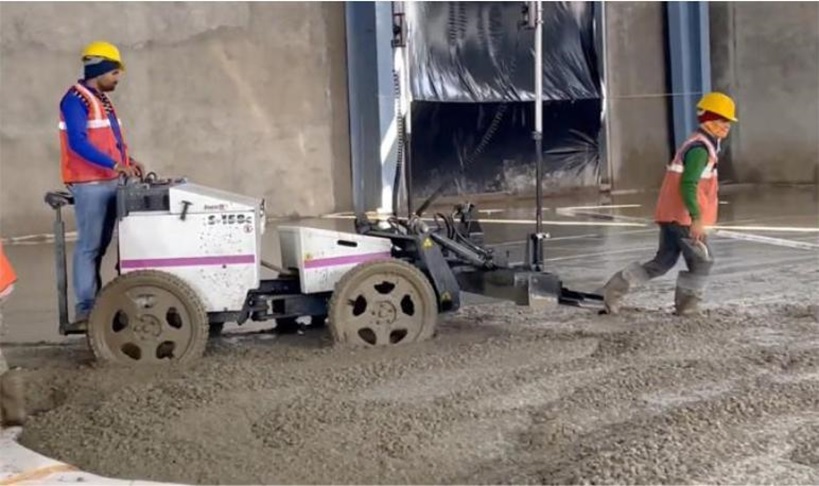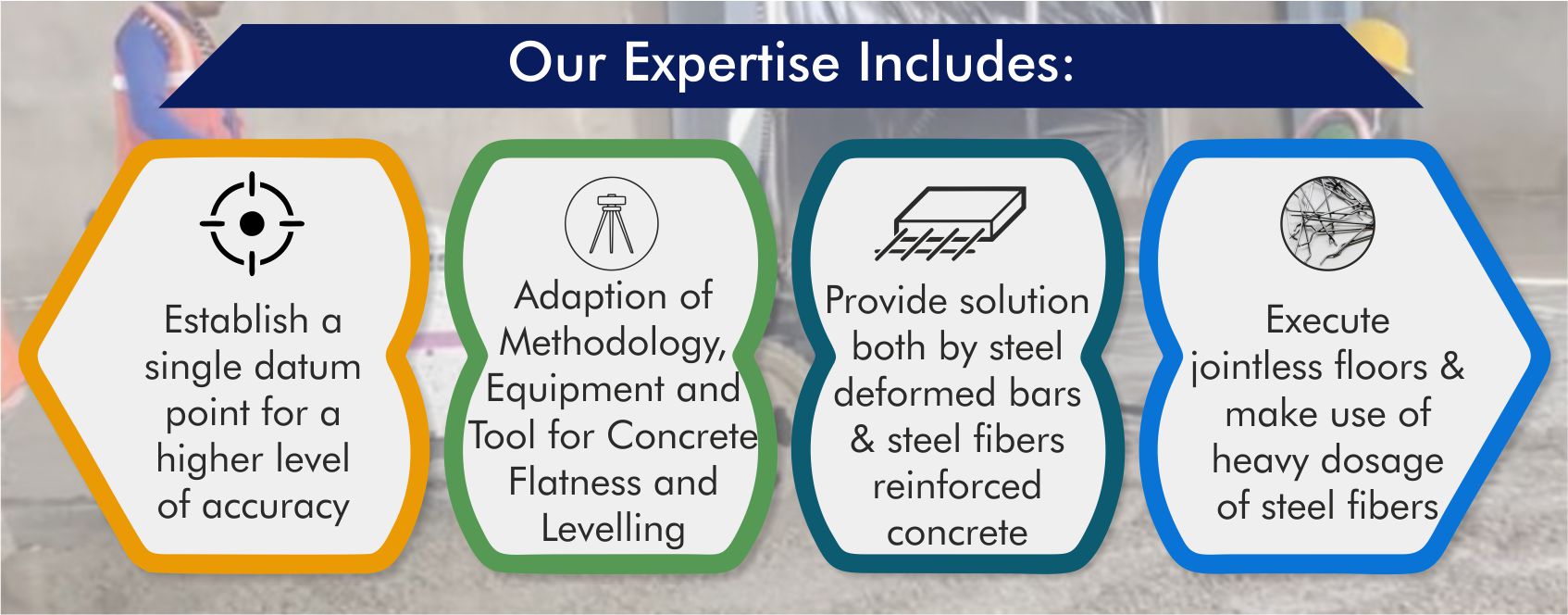We are a specialised FM2 flooring experts executing industrial and warehouse floors. The floor slab constructed by us meets surface regularity (flatness and levelness) within the tolerances as defined in the UK Concrete Society’s Technical Report 34 (TR34), 4th edition. We take care of appropriate flatness and levelness requirements as per the current global standard in accordance with all static racks and dynamic loads. By following these standards Material Handling Equipment [MHE] can operate smoothly. For FM2 flooring we get the sub-base test done by a 3rd party. Based on the K-Value obtained from the sub-base test, the design report is submitted to the client as per moment calculation, subsequently, detailed drawings are generated taking care of all crack control measures.
The layout plan consists of the pour plan, sequence of pour including other joint details like wall and column isolation, auxiliary reinforcement, saw-cut joint pattern based on the aspect ratio and construction joints including armoured joints. All these details are submitted by us to the client. We also conduct a floor mock patch of 2×2 metre for fine tuning of the design mix.
For FM2 Flooring we suggest the right grade of concrete based on the loading conditions with OPC 43/53 grade cement, polycarboxylic acid -based admixture with a target slump of 130 mm and slump window of ± 20mm. Site process control is also done by us to maintain a higher standard of quality control. The slab is to be constructed on a single layer of slip membrane, lapped at a minimum of 300mm in the transverse direction and 150 mm in longitudinal direction, with packing/ masking tape. All the re-entrant corners at column, loading docks and floor penetrations, to have auxiliary reinforcement to reduce the notching effect by providing 4 Nos. of 10 mm diameter deformed bars of length 1 metre equally spaced provided at the top level.
Concrete is then laid using Laser Screed Machine from Somero [ S-158 C] and compacted at the edges by needle vibrators, this further ensures no honeycombing at the edges. The Laser Screed delivers large pour of 700 to 1200 sqm per day casting, with high tolerances of levelness and flatness as per global standards. Subsequently we spread dry-shake hardeners by making use of semi mechanised topping spreaders for the required quantity and trowel it by making use of advanced imported power floaters, ride-on trowels, edge floaters and other flattening tools such as bump cutter to ensure flatness control. For shrinkage control measures, control joints are cut within 24 to 36 hours with the right aspect ratio. We undertake surface treatment by curing with chemical spraying and plastic sheet at the top. We also undertake densification, dustproofing and concrete polishing. After the completion of the work, the 3rd party final survey of FM/DM area is conducted to ensure we have ‘walk the talk’ as per the codal provisions.


